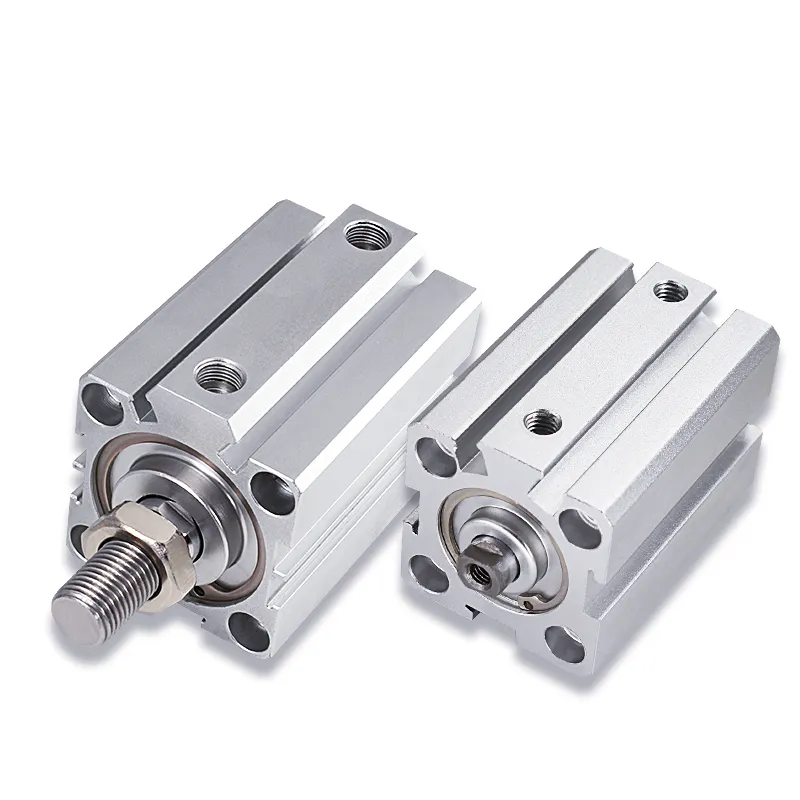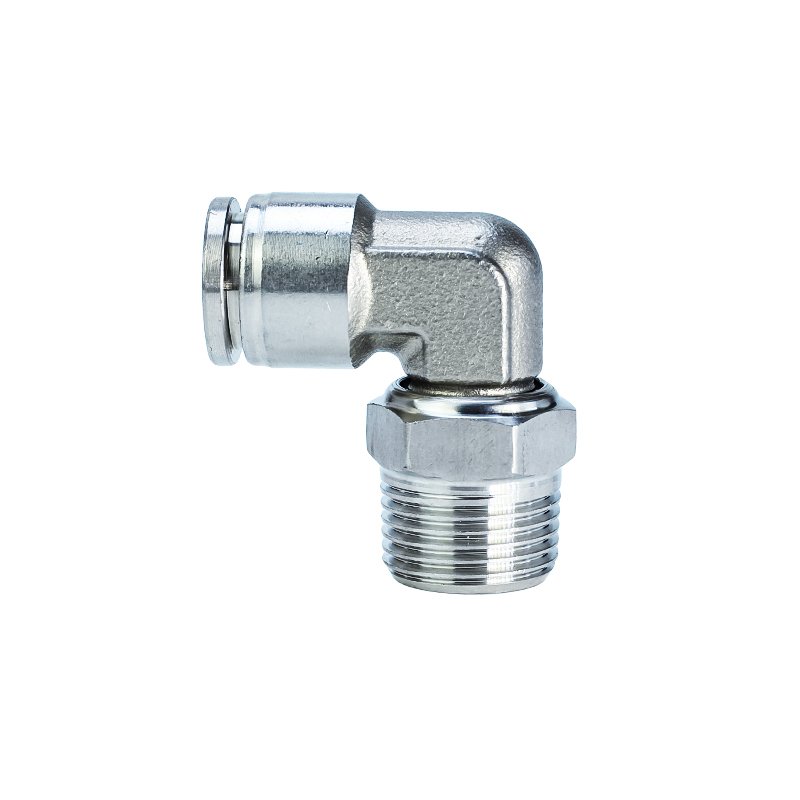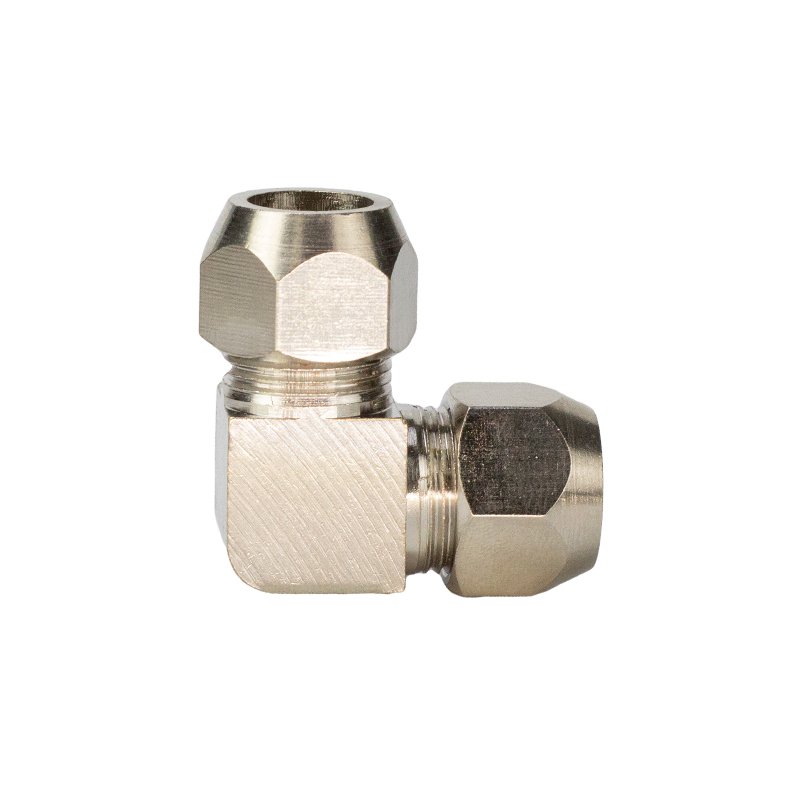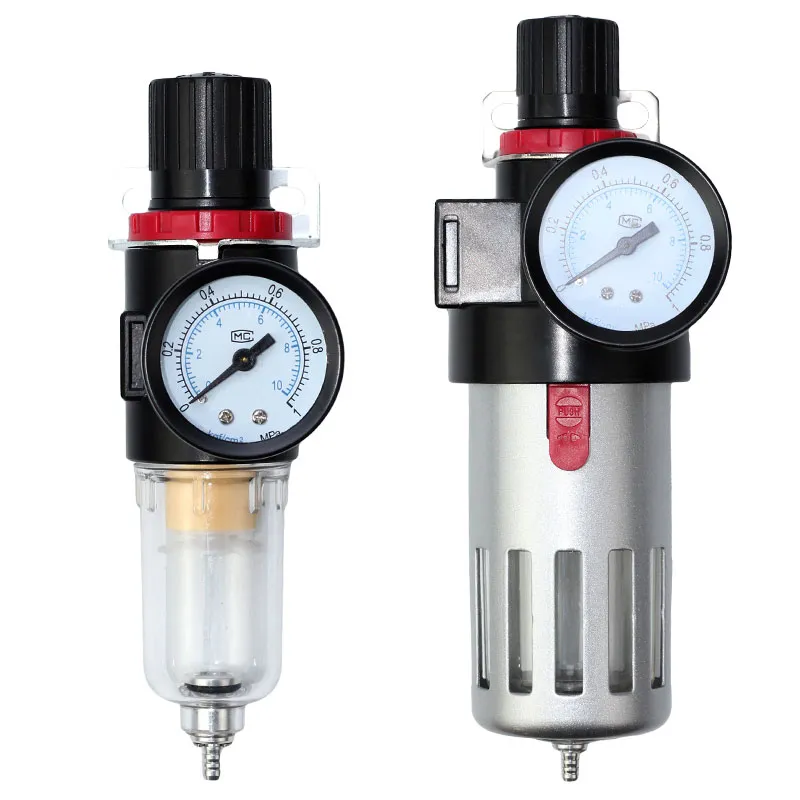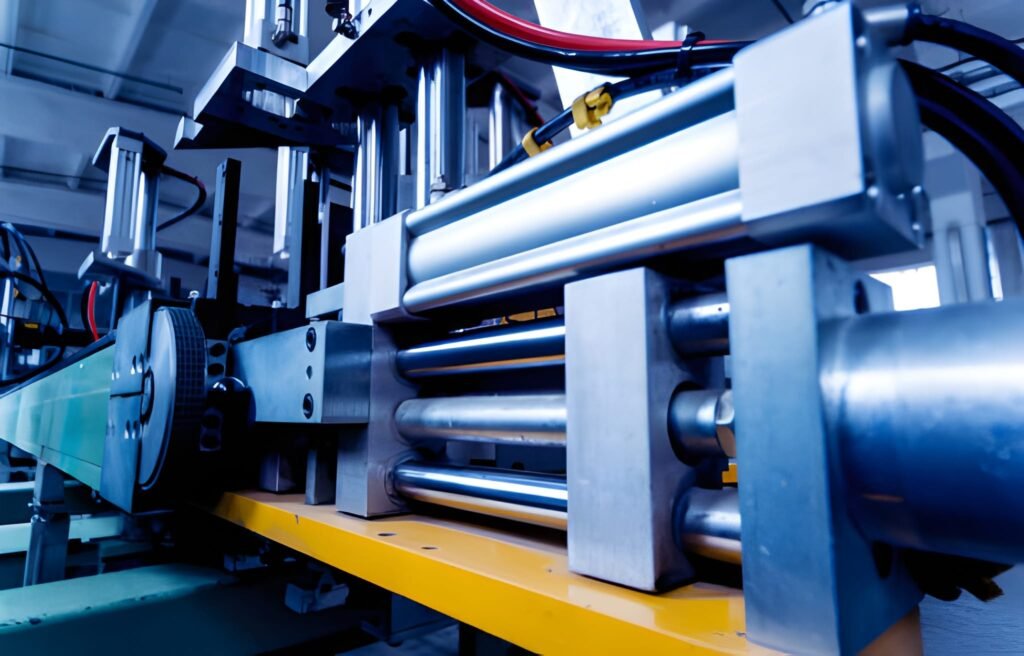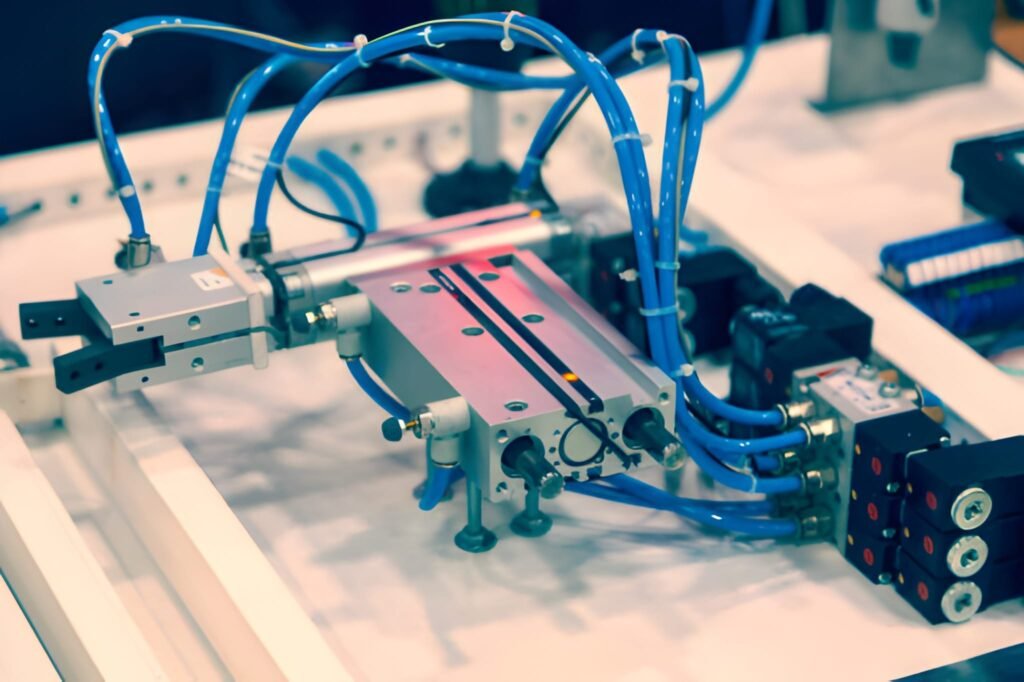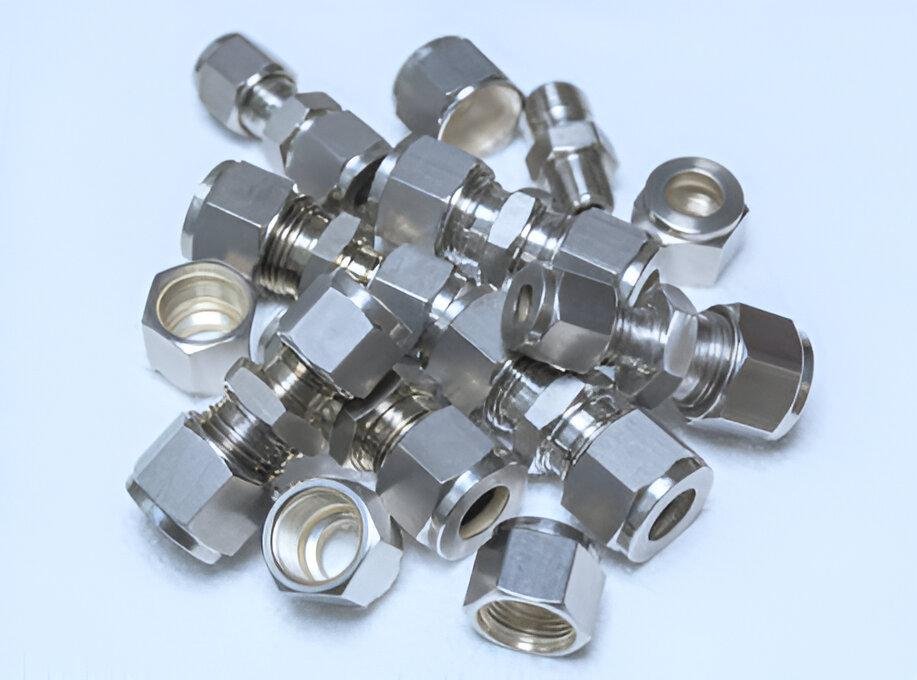What is a compact cylinders
A compact cylinder is a pneumatic component designed to deliver powerful performance in limited spaces. Its main features include a small size and lightweight construction, often allowing for up to 50% space savings compared to standard cylinders while maintaining the same stroke capacity. Compact cylinders are typically suited for applications requiring short strokes and high efficiency, such as automated production lines, robotics, and packaging equipment. This type of cylinder can exert force in both directions and is usually made from durable materials like aluminum alloy or stainless steel to ensure reliability and durability under harsh conditions.
The working principle of a compact cylinder is similar to that of standard cylinders, as both utilize compressed air to push the piston for linear motion. They can be single-acting or double-acting types; single-acting cylinders apply force in one direction only, while double-acting cylinders operate effectively in both directions. Thanks to their optimized design, compact cylinders perform exceptionally well in space-constrained environments and are widely used in modern industry.
Features and Importance
Compact cylinders are characterized by their small size, lightweight, and minimal installation space, making them highly versatile. They enable a reduction in equipment dimensions while enhancing power density. Their lighter weight contributes to lowering the overall machine weight, which is particularly important in applications where weight is a critical factor. Furthermore, compact cylinders deliver smooth power output and torque, excelling in low-speed operations.
What is a standard cylinders
Standard cylinders are the most common type of pneumatic actuators and are extensively used across various industries. Their primary function is to convert the pressure energy of compressed air into mechanical energy, driving the piston to perform linear reciprocating motion. Standard cylinders typically feature a large diameter range (from 32mm to 320mm) and stroke lengths (up to 2000mm), making them suitable for various automation and mechanical drive systems.
This type of cylinder has a relatively simple structure, a mature manufacturing process, and is easy to produce and maintain. Standard cylinders usually come equipped with adjustable buffer devices to ensure smooth operation of the piston. Additionally, they offer various mounting accessories to accommodate different application requirements. Due to their reliability and versatility, standard cylinders are widely utilized in industrial automation, mechanical manufacturing, and other fields.
Main Differences Between Single-Acting and Double-Acting Cylinders
Single-acting cylinders operate in one direction only, typically extending the piston rod using compressed air, with a spring resetting the rod. In contrast, double-acting cylinders function in both directions by alternately filling and exhausting air on either side of the piston, allowing for reciprocating motion. This design enables double-acting cylinders to generate greater output force, making them ideal for applications requiring frequent reciprocation or precise positioning.
What are the advantages of using double-acting cylinders over single-acting cylinders
Double-acting cylinders offer several advantages over single-acting cylinders, making them a preferred choice in many applications. Here are the key benefits:
- Bi-directional Force Application: Double-acting cylinders can apply force in both directions—extending and retracting the piston rod. This capability allows for more versatile operations compared to single-acting cylinders, which only exert force in one direction and rely on external forces (like springs or gravity) for retraction.
- Enhanced Control: The presence of two ports for hydraulic fluid enables double-acting cylinders to provide greater control over movement. This is particularly beneficial in applications requiring precise positioning or speed adjustments, as the cylinder can be operated smoothly in both directions.
- Higher Work Output: With their ability to hold more hydraulic fluid, double-acting cylinders can achieve higher work output. This results in faster operation and improved energy efficiency, making them suitable for tasks that demand quick and reliable performance.
- Improved Efficiency: Double-acting cylinders are generally more efficient than their single-acting counterparts. They consume less energy while providing stronger performance, which is essential in high-demand industrial applications.
- Versatility in Applications: These cylinders are widely used across various industries, including robotics, construction, and manufacturing, due to their ability to perform complex tasks that require both extension and retraction. This versatility makes them indispensable for modern machinery.
Performance Comparison: Compact vs. Rodless Cylinders
Rodless cylinders feature a unique design that eliminates the traditional piston rod, resulting in increased compactness and flexibility. While they have a smaller overall installation size and reduced axial space, their load-bearing capacity is lower, making them suitable for light workpieces or robotic movements. On the other hand, compact cylinders, despite their small dimensions, maintain high load capacity and impact resistance, allowing them to handle substantial loads and forces effectively.
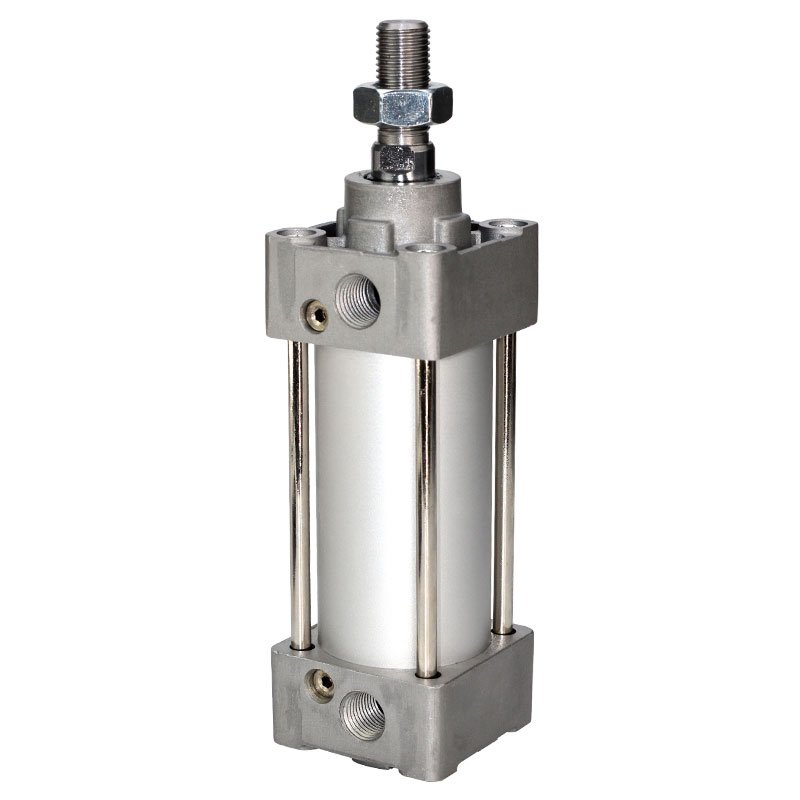
Performance Comparison: Compact vs. Standard Pneumatic Cylinders
Compact cylinders utilize smaller bore sizes and shorter strokes, which may lead to slightly lower power output and torque compared to standard cylinders of similar displacement. However, they provide smoother power delivery and better performance at low speeds. Standard cylinders tend to offer stronger output and superior performance at high speeds. Additionally, the compact design may result in less effective heat dissipation, potentially impacting thermal stability and reliability.
Material Differences: Compact vs. Standard Cylinders
Both compact and standard cylinders typically use similar materials such as aluminum alloy and stainless steel. However, differences may arise in internal designs and manufacturing techniques. Some compact models incorporate specialized composite cylinder barrels with smooth, self-lubricating interiors to enhance longevity. The selection of bearing materials is also crucial; high-quality bearings can significantly improve load capacity and durability.
Configuration Differences: Compact vs. Standard Cylinders
Compact cylinders generally provide a wider range of mounting configurations—such as single rod, double rod, and hollow rod—to accommodate various application needs. They also offer numerous mounting accessories for flexible installation options. In contrast, standard cylinders have more limited configuration choices. Additionally, certain compact models integrate advanced cushioning and sealing technologies that enhance cushioning performance and extend service life.

